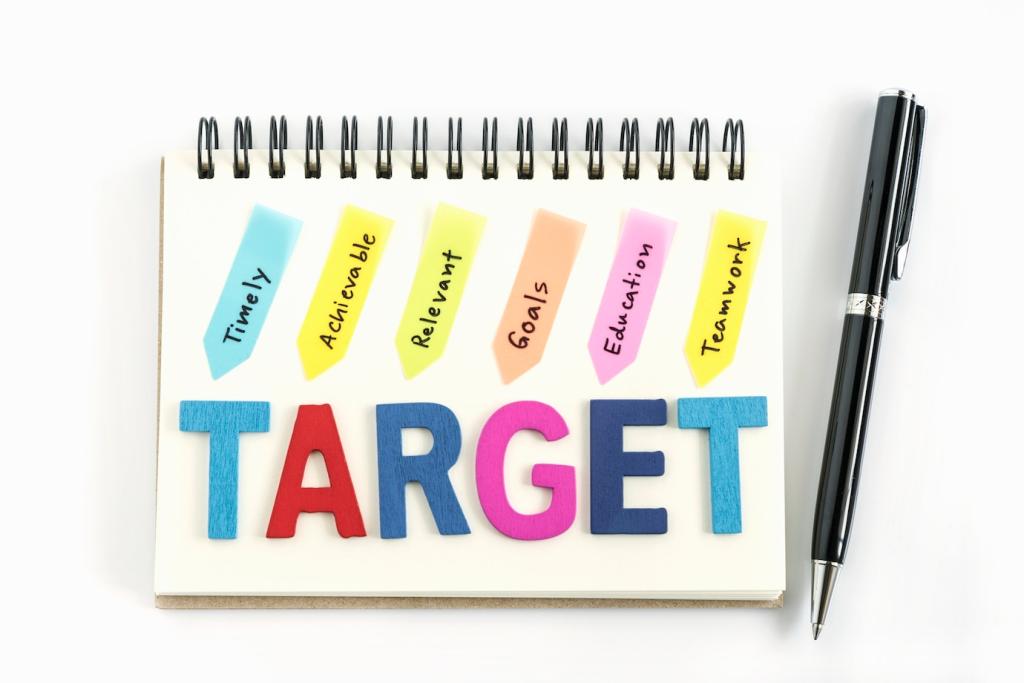Chosen Theme: Green Communication — Copywriting Tips for Eco-Friendly Products
Welcome to a practical, hopeful space where copy helps the planet. Today we dive into Green Communication: Copywriting Tips for Eco-Friendly Products. Expect clear techniques, human stories, and ethical persuasion you can apply immediately. Subscribe for weekly prompts, and share your biggest copy challenge so we can learn and grow together.

Write a one-sentence eco promise that is specific, testable, and meaningful. For example, commit to refill-first packaging or transparent sourcing updates monthly. Keep it visible across your homepage and packaging, and invite readers to subscribe for progress notes so they can cheer your milestones and nudge you when you drift.




Clarity Over Hype
Avoid empty phrases like eco-friendly or earth-safe on their own. Specify what makes it better: plant-derived surfactants, dye-free formula, refillable aluminum bottle. If verified, quantify with a simple percentage or material breakdown. Keep readability high and fluff low so credibility shines through every sentence without sounding clinical.
Claims feel stronger when paired with a short because. For example, explain that concentrated formats reduce water shipped and weight carried, which lowers transport impact and storage space. Even two clear sentences can move a shopper from curiosity to confidence. Invite questions, then turn the best ones into helpful FAQs and email tips.
Terms like biopolymer or closed-loop can confuse. Translate them: plant-based plastic that breaks down in industrial composting, or materials collected, cleaned, and reused repeatedly. Plain language respects your reader’s time and boosts comprehension. Ask subscribers which phrases still feel fuzzy, and refine your glossary with their candid feedback.

Prove It: Data, Labels, and Transparency
01
If applicable, mention certifications like FSC for paper, credible compostability marks, or well-known ethical sourcing standards. Briefly clarify what each label means in everyday terms. Avoid logo soup; pick the two that matter most. Encourage readers to bookmark your certification explainer and suggest other standards they want demystified.
02
Turn impact into relatable comparisons: bottles kept in circulation, mailers reused, or refills that fit in a backpack. Use round numbers and short timelines to keep it real. A simple monthly impact counter, updated publicly, invites subscribers to check in, celebrate progress, and hold you accountable without grandstanding.
03
If a component remains conventional to prevent leaks or ensure safety, say so, and share the alternatives you are testing. Readers appreciate transparency and iterative improvement. Add a dedicated What we are working on section and ask the community to vote on priorities. Their participation deepens loyalty and guides decisions.

This is the heading
Lorem ipsum dolor sit amet, consectetur adipiscing elit. Ut elit tellus, luctus nec ullamcorper mattis, pulvinar dapibus leo.

This is the heading
Lorem ipsum dolor sit amet, consectetur adipiscing elit. Ut elit tellus, luctus nec ullamcorper mattis, pulvinar dapibus leo.
Ethical Calls to Action
01
Choose Values-Aligned Verbs
Swap Buy now with Refill today, Borrow instead of buy, or Repair with us. These verbs reinforce identity and reduce impulse pressure. Pair the CTA with one benefit and one practical detail, like quick guide included. Ask readers which phrasing motivates them most, and A/B test responsibly with transparent announcements.
02
Use Urgency Without Panic
Tie urgency to real constraints, such as small-batch production to reduce waste or seasonal ingredients with short harvest windows. Share the reason openly so urgency feels informative, not manipulative. Invite subscribers to opt into gentle reminders instead of countdown timers, and thank them for mindful decision-making.
03
Make Better the Default
Preselect refills, consolidated shipping, or minimal packaging options, while keeping choices clear and easy to adjust. Explain why defaults matter and how they reduce impact. Encourage readers to keep the default if it suits them, and invite feedback on which defaults feel helpful versus pushy so you can refine respectfully.



Measure, Learn, Iterate
Test with Integrity
Run A/B tests on clarity, not sneaky tricks. Compare a benefit-led headline against an impact-led headline, and predeclare your success criteria. Share results with your community in a short recap post. Invite subscribers to join a feedback panel so they can help shape the next round of improvements.
Build Qualitative Feedback Loops
Collect customer interviews, short surveys, and support transcripts to uncover friction points. Tag themes like confusion about composting or shipping frequency worries. Translate findings into copy updates and product tweaks. Ask readers to volunteer for fifteen-minute chats, and reward them with early access to educational resources.
Track Metrics that Matter
Look beyond clicks. Monitor refill rate, return participation, packaging opt-downs, and questions resolved by guides. Create a monthly public summary that pairs numbers with plain explanations. Invite readers to comment on which metrics feel most meaningful, then refine your dashboard so it reflects shared priorities honestly.
